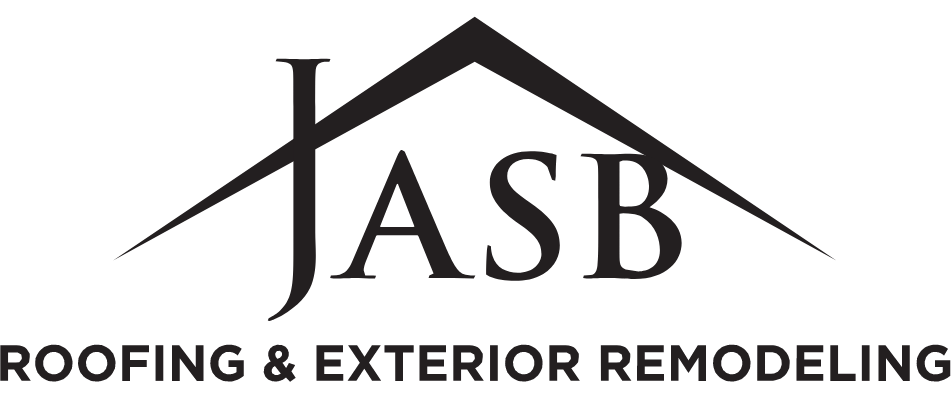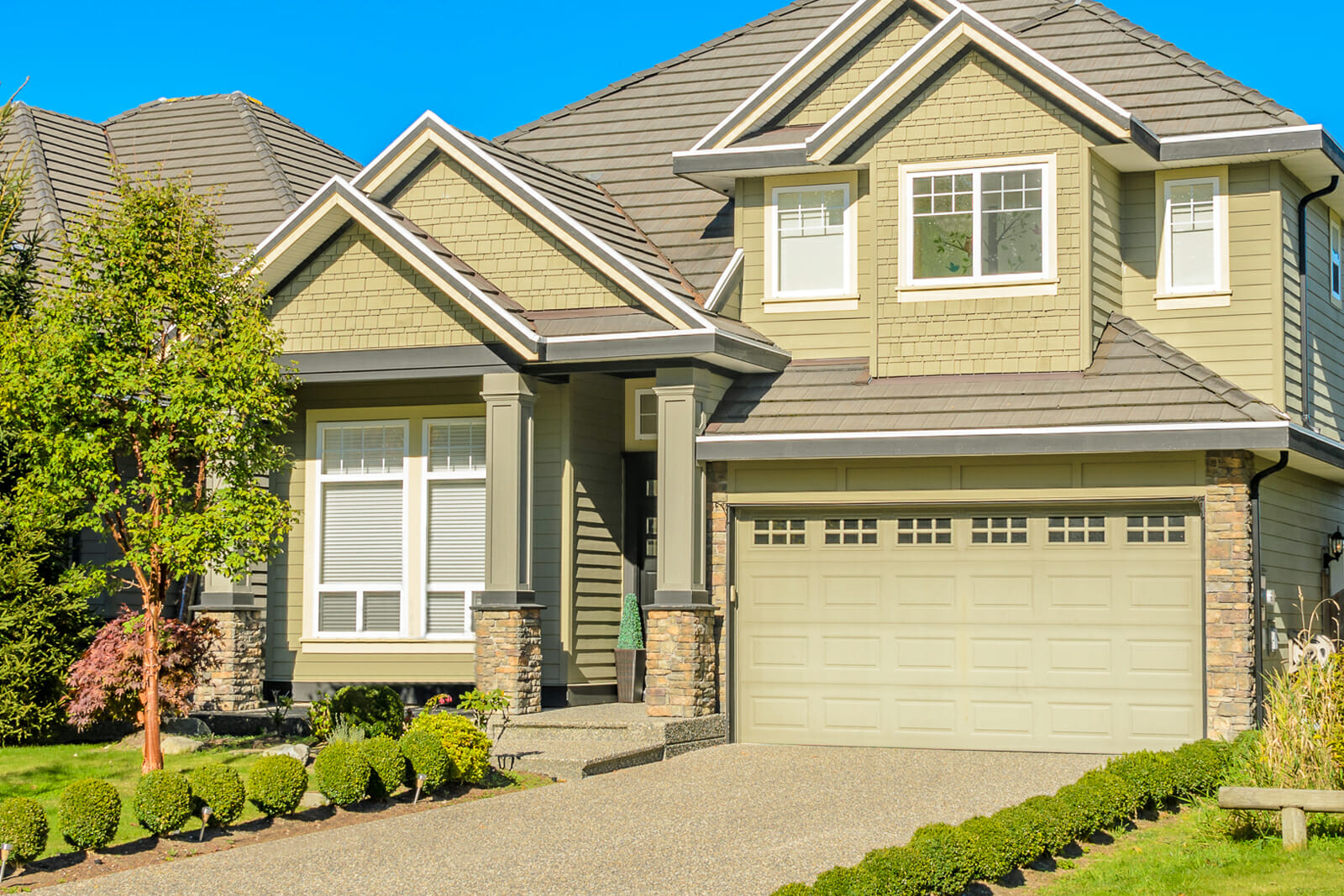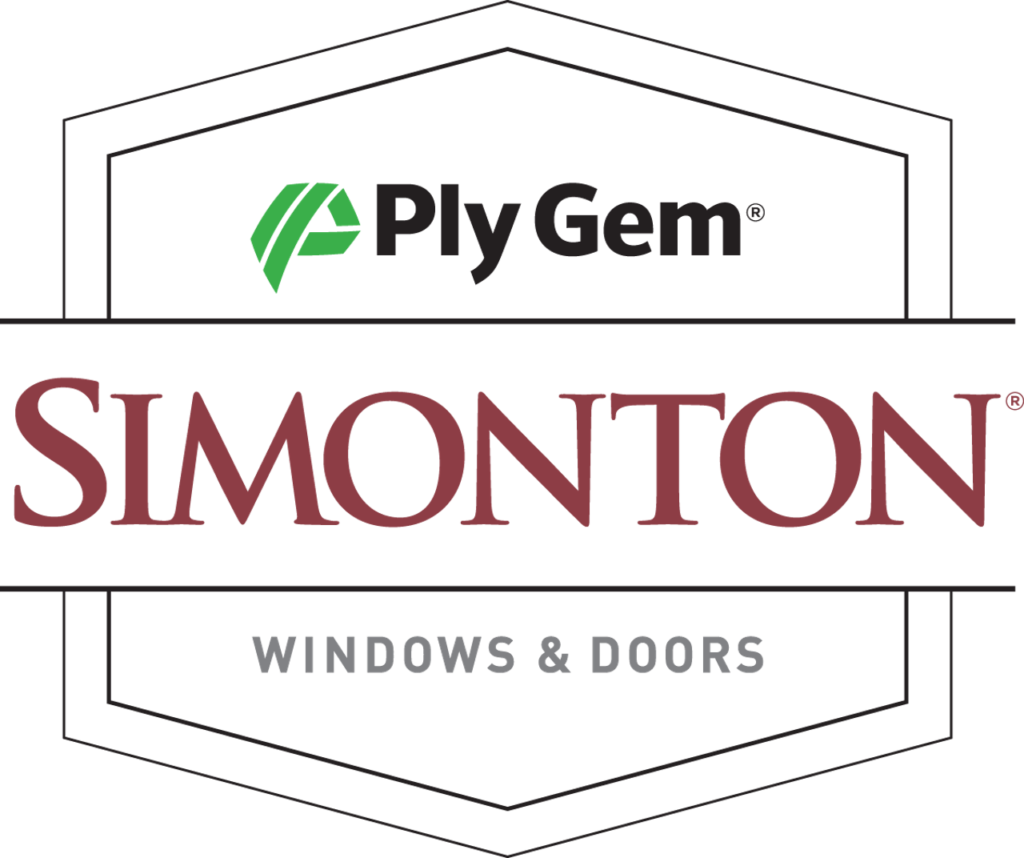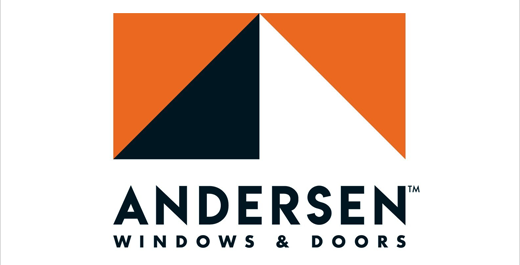Deciding which siding to use for home improvement can be challenging. To help you decide between horizontal and vertical siding for your home’s exterior, this guide will compare the pros and cons of each style.
As you read further, you’ll learn about the traditional aesthetic appeal of horizontal siding installation and its cost-effectiveness compared to installing vertical siding. On the other hand, we’ll discuss how vertical siding offers a trendy contemporary design that adds perceived height to smaller homes while providing unique curb appeal among neighboring houses.
In addition to these considerations, our discussion will delve into various materials used in horizontal and vertical siding installations, such as wood, vinyl, fiber cement, and metal. We will also cover durability factors across different materials and maintenance requirements based on material choices.
Finally, this post will provide insights on choosing between horizontal or vertical patterns based on your home’s architecture – from ranch-style homes favoring horizontal patterns to modern designs leaning towards bold vertical patterns. Furthermore, we’ll share ideas for mixing styles for a custom look while considering neighborhood aesthetics and property value when making design decisions for your home’s exterior.
Horizontal Siding Advantages
Horizontal siding is a classic choice for many homeowners due to its traditional appearance and ease of installation. Horizontal siding is an excellent pick for shielding homes from the elements, no matter what kind of climate they are in. Additionally, horizontal siding can be more cost-effective than vertical options.
Traditional Aesthetic Appeal
The timeless design of horizontal siding has been popular among homeowners for decades. Its familiar look creates a sense of warmth and comfort that complements various architectural styles such as colonial, ranch-style, or craftsman homes.
Easier and Faster Installation Process
One significant advantage of horizontal siding is its relatively simple installation process compared to vertical alternatives. Since most contractors are well-versed in installing this style, you can expect your project to be completed quickly and efficiently, saving time and money on labor costs.
- Fewer seams: Horizontal sidings typically have fewer visible seams than their vertical counterparts which not only looks better but also provides increased weather resistance.
- No need for furring strips: Unlike vertical installations that require additional support structures like furring strips; horizontal sidings can be directly attached to the home’s sheathing reducing material costs & complexity during construction phases.
Cost-effectiveness Compared to Vertical Siding
In general, horizontal siding tends to be more affordable than vertical options due primarily because materials used (like vinyl) often come at lower price points while still providing durability & longevity benefits similar to those found with pricier alternatives such as fiber cement boards or wood panels. Additionally, the more straightforward installation reduces labor expenses making horizontal siding a budget-friendly choice for many homeowners.
Homeowners installing vinyl siding recoup an average of 68.3% of the cost upon resale, a testament to its long-term value as an exterior remodeling investment.
Horizontal siding is an excellent choice for homeowners looking to add traditional aesthetic appeal while being cost-effective. Vertical siding offers an alternative option with its trendy and contemporary design that can help make smaller homes look taller.
Key Takeaway:
Vertical Siding Benefits
Vertical siding has gained popularity recently because of its modern look and ability to add height to smaller homes. While this type of siding may require a longer installation time, it provides unique visual interest that sets your home apart from others in the neighborhood.
Trendy and Contemporary Design
The sleek lines of vertical siding create a trendy and contemporary design that appeals to homeowners looking for an updated exterior appearance. This style is chic among modern architectural designs, as it complements their clean lines and minimalist aesthetic.
Adds Perceived Height to Smaller Homes
One significant advantage of vertical siding is its ability to make smaller homes appear taller by drawing the eye upward. Vertical siding can be especially beneficial for single-story or ranch-style houses, giving them a more substantial presence on the property without adding square footage.
Unique Curb Appeal Among Neighboring Houses
- Differentiation: Vertical siding helps your home stand out among neighboring properties with traditional horizontal sidings, creating an eye-catching contrast that adds value and curb appeal.
- Variety: There are numerous styles available within vertical sidings, such as board-and-batten or channel patterns allowing you to choose one that best suits your taste while maintaining uniqueness.
- Maintenance: Due to its orientation, vertical siding not only sheds water more efficiently but also collects less dirt than horizontal options, resulting in reduced maintenance requirements over time (source).
Incorporating vertical siding into your home’s exterior design can provide numerous benefits, from a modern and trendy appearance to added perceived height for smaller homes. Additionally, it offers unique curb appeal that sets your property apart from others in the neighborhood making it an excellent choice for homeowners looking to make a statement with their home improvement project.
Vertical siding offers homeowners a trendy and contemporary design that adds perceived height to smaller homes, making it an ideal choice for those looking to stand out from the crowd. With different materials available, such as wood, vinyl, fiber cement, and metal, each with its durability considerations and maintenance requirements, let’s look at which material is best suited for your home improvement project.
Key Takeaway:
Materials for Horizontal and Vertical Siding
Horizontal and vertical sidings come in various materials such as wood, vinyl, fiber cement, or metal. Each material has pros and cons regarding durability, maintenance requirements, environmental impact, and energy efficiency levels, ultimately affecting the overall cost. This part looks at the various siding materials that are accessible.
Wood vs. Vinyl vs. Fiber Cement vs. Metal
- Wood: Wood siding is a classic choice that offers a natural look to your home’s exterior. However, regular maintenance, like painting or staining, is required to prevent rotting and insect damage. It can also be more expensive than other options due to its higher installation costs. Learn more about wood siding here.
- Vinyl: Vinyl siding is an affordable option in various colors and styles. It is low-maintenance but may offer a different level of insulation than other materials. Discover more about vinyl siding here.
- Fiber Cement: This durable material resembles wood but requires less maintenance over time, making it an attractive alternative for homeowners who want the look of natural wood without the ongoing upkeep efforts required by traditional wooden exteriors. Find out more about fiber cement siding here.
- Metal: Metal sidings are known for their durability against harsh weather conditions while offering unique design possibilities through various finishes & textures available on the market today. Learn more about metal siding options here.
Durability Considerations Across Different Materials
When choosing a siding material, it’s essential to consider its durability against various factors such as weather conditions, moisture levels, and potential insect damage. For example:
- Wood sidings are susceptible to rotting and insect infestations if not correctly maintained.
- Vinyl sidings can become brittle in extreme cold or heat but offer good resistance against insects and moisture-related issues.
- Fiber cement sidings provide excellent protection from water damage while resisting pests like termites. They are ideal for homeowners seeking long-lasting solutions without constant upkeep requirements associated with wood products.
- Metal siding is usually robust in most climates. Yet, it may be prone to denting during extreme weather events like hailstorms depending on the type of metal (e.g., aluminum vs. steel).
Maintenance Requirements Based on Material Choices
The maintenance needs of your chosen siding material will directly impact the overall cost and time investment required over its lifespan. Here is a brief overview of maintenance considerations for each material:
- Wood Siding: Requires regular painting or staining every few years and periodic inspections for rotting or pest infestation signs.
- Vinyl Siding: No need for repainting; occasional cleaning using soap & water is typically sufficient.
- Fiber Cement Siding: Requires minimal maintenance compared to wood; may need rare painting or caulking depending on the specific product.
- Metal Siding: No repainting is necessary, but periodic cleaning & inspection for signs of corrosion is recommended, especially in coastal areas where saltwater exposure can accelerate rust formation.
The materials for horizontal and vertical siding vary significantly in terms of durability, maintenance requirements, and cost. However, the aesthetic appeal should also be considered when deciding between horizontal or vertical based on home architecture.
Key Takeaway:
Choosing Between Horizontal or Vertical Based on Home Architecture
The architectural style of your home plays a significant role when deciding between horizontal or vertical siding. Certain styles, like ranch-style homes, are better suited with horizontal lines. At the same time, modern designs might benefit from bold vertical patterns creating a balance between form and function throughout exterior features. In this part, we’ll review how to pick the appropriate siding orientation based on your home’s architecture.
Ranch-style Homes favoring horizontal patterns
Ranch-style homes, characterized by their single-story design and open floor plans, typically feature horizontal siding due to its ability to emphasize the width of the house. This traditional aesthetic complements the low-slung profile of these houses and creates a sense of continuity across the facade. If you own a ranch-style home, opting for horizontal siding is likely your best choice regarding both appearance and ease of installation.
Modern Designs leaning towards bold vertical patterns
In contrast, modern home designs often showcase clean lines and minimalist aesthetics that can be accentuated by using vertical siding. The sleek look provided by vertically-oriented panels adds visual interest while also creating an illusion of height, a particularly beneficial aspect for smaller homes looking to make a statement in their neighborhood. For homeowners seeking a contemporary touch on their exteriors, vertical siding options, such as board-and-batten or metal panels, may be more suitable.
To determine which type of siding best suits your specific architectural style, it’s essential to consult with a professional exterior remodeling company like JASB Roofing & Exterior Remodeling. Their experienced team can help you evaluate your home’s design and provide expert recommendations on the most suitable siding orientation for your needs.
When it comes to choosing between horizontal or vertical siding, consider the architecture of your home. For a modern look, bold vertical patterns may be preferred; however, ranch-style homes favor more subtle horizontal patterns. Moving on from this consideration, mixing styles can create an eye-catching custom look to make your home stand out.
Mixing Styles For A Custom Look
Rather than adhering to one single siding style, why not mix and match for a custom look? Combining horizontal and vertical sidings allows you to create contrast and highlight specific areas within your property’s facade by using horizontal lines for the majority while incorporating vertical accents in key spots. This approach can result in a visually appealing and unique exterior design.
Creating Contrast With Mixed Siding Styles
One way to make your home stand out is by mixing siding styles. By combining different orientations of siding materials, you can create an eye-catching contrast that adds depth and dimension to your home’s appearance. For example, use horizontal siding on the main body of the house while adding vertical panels around windows or entryways for added visual interest.
Highlighting Specific Areas Of Your Home’s Facade
Incorporating horizontal and vertical sidings into your design allows you to draw attention to particular architectural features or areas of your home that deserve special emphasis. For instance, consider using vertical siding on a prominent gable end or chimney chase as a focal point against the backdrop of horizontally laid planks elsewhere in the house.
- Gable Ends: Vertical siding emphasizes height when used on gable ends, making them appear taller than they are.
- Dormers: Using contrasting siding styles helps accentuate dormer windows and makes them more noticeable from street level.
- Porch Columns: Wrapping porch columns with vertically oriented boards gives these structural elements an elegant touch while maintaining harmony with the rest of the home’s exterior.
Achieving A One-Of-A-Kind Exterior Look
By thoughtfully mixing horizontal and vertical siding styles, you can create a unique look for your home that sets it apart from others in your neighborhood. To achieve this, consider working with an experienced exterior remodeling contractor who can help guide you through the design process and ensure your vision becomes a reality. Consider material choices, color schemes, and trim details when planning your custom exterior design.
Mixing styles for a custom look can be an exciting way to add personality and charm to your home’s exterior. By considering neighborhood aesthetics and home value considerations, you can ensure that your design choices will help maintain or increase the value of your property.
Key Takeaway:
Neighborhood Aesthetics & Home Value Considerations
When choosing between horizontal or vertical siding, it’s essential to consider how well your choice blends with the surrounding homes’ aesthetics ensuring that you maintain or increase property value over time. Striking a balance between personal preferences and neighborhood compatibility will lead to better long-term investment outcomes.
Blending with Surrounding Homes’ Exteriors
To achieve harmony within your neighborhood, take note of the prevailing exterior design trends in your area. Pay attention to the color schemes, materials used, and whether most houses have horizontal or vertical siding patterns. While expressing your individuality through home improvement projects like siding installation is essential, keeping a cohesive look among neighboring properties can contribute positively to curb appeal.
Maintaining or Increasing Property Value Through Thoughtful Design Choices
- Evaluate Your Options: Research their impact on resale values before deciding on siding styles and materials. For instance, vinyl is known for its low maintenance requirements but may not be as appealing as wood regarding increasing property value.
- Consult Professionals: Reach out to local real estate agents familiar with your area’s housing market trends. They can provide valuable insights into potential buyers’ preferences regarding exterior designs.
- Incorporate Energy Efficiency: Choose energy-efficient options such as insulated vinyl sidings that help reduce heating and cooling costs. This feature can be an attractive selling point for future buyers prioritizing sustainability and cost savings. Learn more about energy-efficient siding options here.
Ultimately, the decision between horizontal and vertical siding should be based on personal preferences, home architecture, neighborhood aesthetics, and potential impact on property value. By considering all these factors carefully and consulting with professionals like JASB Roofing & Exterior Remodeling, you can make an informed choice to enhance your home’s appearance while maximizing its long-term investment potential.
Key Takeaway:
Frequently Asked Questions Horizontal Vertical Siding
What is better vertical or horizontal siding?
The choice between vertical and horizontal siding depends on your home’s architecture, personal preferences, and budget. Horizontal siding offers a traditional look, a more straightforward installation process, and more cost-effectiveness. Vertical siding provides a contemporary design with unique curb appeal that can make smaller homes appear taller. Consider the desired aesthetic for your home before making a decision.
Does vertical or horizontal siding make a house look bigger?
Vertical siding can create an illusion of height by drawing the eye upward, making smaller homes appear taller. On the other hand, horizontal siding emphasizes width rather than height but may not significantly impact perceived size. The effect of either option will depend on factors such as color choices and overall architectural style.
Is vertical or horizontal siding modern?
Both types of sidings have their place in modern designs; however, vertical patterns tend to be more prevalent in contemporary styles due to their bold appearance and clean lines. Horizontal patterns are often associated with classic ranch-style homes but can also work well in updated designs when combined with contrasting materials or colors.
Is horizontal siding cheaper than vertical?
Installing horizontal vinyl or wood lap boards is less expensive than vertically-oriented panels because they require fewer cuts during installation resulting in reduced labor costs. Fix estimates average prices at $5-$12 per square foot for both options depending on material type.
Conclusion
When selecting siding for your home, there are various factors to consider, such as material, style preference, neighborhood aesthetics, and potential value increases that can be achieved with either horizontal or vertical siding. From materials and style preferences to neighborhood aesthetics and possible home value increases, horizontal or vertical siding can provide unique advantages depending on the architecture of your house. By carefully weighing all options available with horizontal and vertical siding in mind, you can create a custom look that will last for years while also providing an aesthetic boost to your property’s curb appeal.
Transform your home’s exterior with JASB Roofing & Exterior Remodeling. We provide superior quality horizontal and vertical siding, roofing, and gutter installation services to ensure a lasting result for your property.
